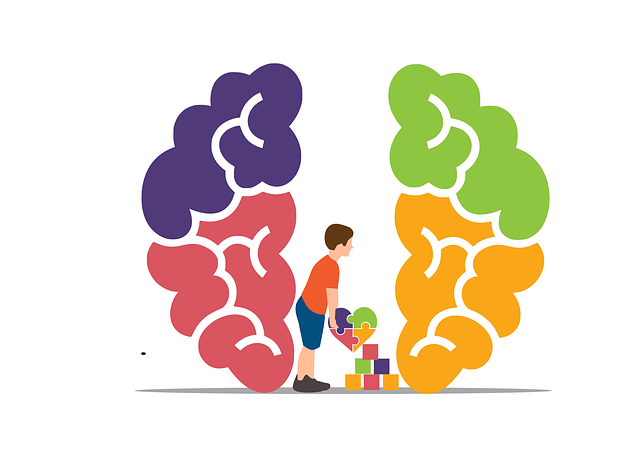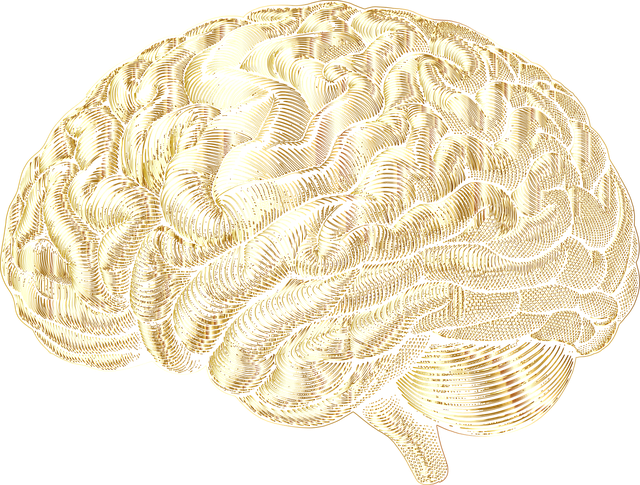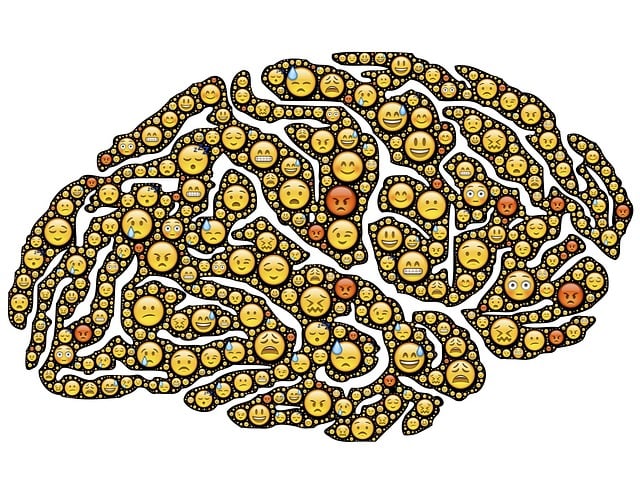Cultural competency is crucial for healthcare providers in diverse societies like Lone Tree, where a significant Mandarin-speaking population exists. The Lone Tree Mandarin Chinese Speaking Therapy program exemplifies this, offering therapy in Mandarin to address language and cultural barriers among immigrant and refugee patients, leading to improved mental health outcomes. Effective training should include language-specific components, mental wellness journaling, and self-awareness activities to enhance emotional resilience and understanding of diverse patient needs. This strategic approach impacts positive changes in patient outcomes, improves healthcare access, satisfaction rates, and treatment effectiveness, fostering a resilient healthcare environment.
Cultural competency training is an essential pillar in modern healthcare, addressing the diverse needs of a global population. This article explores the critical need for such training, using the unique case study of Lone Tree Mandarin Chinese Speaking Therapy, which demonstrates the power of cultural sensitivity. We’ll delve into key components of effective programs, their benefits for patient outcomes and provider well-being, and practical strategies for implementation, all while highlighting the relevance of these initiatives in clinical settings.
- Understanding Cultural Competency in Healthcare: The Need for Training
- Lone Tree Mandarin Chinese Speaking Therapy: A Case Study on Cultural Sensitivity
- Key Components of Effective Cultural Competency Training Programs
- Benefits and Impact on Patient Outcomes and Provider Well-being
- Implementation Strategies for Integrating Cultural Competency in Clinical Settings
Understanding Cultural Competency in Healthcare: The Need for Training

Cultural competency is a crucial aspect of modern healthcare that ensures providers can deliver effective and respectful care to patients from diverse backgrounds. It involves understanding and appreciating cultural differences in beliefs, values, and behaviors related to health and illness. In a society becoming increasingly multicultural, healthcare providers must be equipped to navigate these complexities to provide the best possible care.
For example, consider the case of Lone Tree, where a significant population speaks Mandarin Chinese as their first language. Training in cultural competency would equip providers with the knowledge and skills to communicate effectively with this community, understand cultural nuances related to health practices and beliefs, and address potential barriers to access. This includes learning about stress reduction methods and depression prevention strategies that align with different cultural perspectives, thereby enhancing Mental Health Awareness and overall patient satisfaction.
Lone Tree Mandarin Chinese Speaking Therapy: A Case Study on Cultural Sensitivity

In the diverse landscape of healthcare, cultural sensitivity is paramount to ensuring quality patient care. The Lone Tree Mandarin Chinese Speaking Therapy program offers a compelling case study in this regard. This innovative initiative focuses on addressing the unique needs of Mandarin-speaking patients within the American healthcare system, highlighting the importance of cultural competency training for healthcare providers.
By offering therapy sessions conducted entirely in Mandarin, the program tackles barriers often faced by immigrant and refugee populations, many of whom may struggle with language and cultural nuances. This approach not only facilitates better communication but also creates a safe, culturally sensitive environment that encourages open dialogue. The program’s effectiveness lies in its ability to enhance mood management, depression prevention, and stress management among these patient groups, ultimately improving overall mental health outcomes.
Key Components of Effective Cultural Competency Training Programs

Effective cultural competency training programs for healthcare providers should incorporate several key components to ensure meaningful and impactful learning. One crucial element is Lone Tree Mandarin Chinese Speaking Therapy or other language-specific training, addressing the diverse linguistic backgrounds of patients. This facilitates better communication, reducing potential barriers to care.
Additionally, these programs must emphasize mental wellness journaling exercise guidance and self-awareness exercises. Encouraging providers to reflect on their own cultural biases and experiences enhances self-care practices, allowing them to offer more empathetic and culturally sensitive support. Regular practice of mindfulness techniques can help healthcare professionals maintain emotional resilience, crucial for navigating complex cultural interactions with patients.
Benefits and Impact on Patient Outcomes and Provider Well-being

Healthcare provider cultural competency training offers significant benefits that extend far beyond improved patient interactions. By equipping professionals with the skills to understand and navigate diverse cultural contexts, it directly impacts positive changes in patient outcomes. When providers are culturally competent, they can better assess and address patients’ unique needs, leading to improved healthcare access, higher satisfaction rates, and more effective treatment plans. This is especially evident in communities where there is a mix of cultural backgrounds, like the Lone Tree Mandarin Chinese Speaking Therapy program, demonstrating that tailored care results in better health outcomes for all.
Moreover, this training contributes to the well-being of healthcare providers themselves. By fostering an environment that values and respects diverse cultures, it promotes self-care routine development for better mental health. Mental wellness podcast series production and community outreach program implementation can be powerful tools within this framework, enabling professionals to process challenging experiences, share knowledge, and build supportive networks. Ultimately, cultural competency training equips healthcare providers with the resilience needed to thrive in a diverse setting while ensuring optimal patient care.
Implementation Strategies for Integrating Cultural Competency in Clinical Settings

Implementing cultural competency training within clinical settings requires a strategic approach tailored to engage healthcare professionals and ensure sustainable change. One effective strategy is to incorporate these training programs into existing educational curricula, making it an integral part of medical education. This can involve workshops, seminars, and interactive sessions that explore diverse cultural perspectives, challenging stereotypes and promoting empathy. For example, a Lone Tree Mandarin Chinese Speaking Therapy community could organise regular cultural exchange events where healthcare providers interact with local ethnic groups, fostering understanding and appreciation for their unique traditions and communication styles.
Moreover, combining training with practical application can significantly enhance learning. Encouraging healthcare providers to participate in Emotional Well-being Promotion Techniques that cater to diverse populations and implementing Community Outreach Program Implementation initiatives can further strengthen cultural competency. Effective Communication Strategies, such as active listening and adapting language to suit different cultural backgrounds, should be emphasised during training to improve patient interactions and outcomes, ensuring every individual receives care tailored to their specific needs.
Cultural competency training is no longer a nice-to-have, but an essential tool for healthcare providers. As evidenced by the case study of Lone Tree Mandarin Chinese Speaking Therapy, addressing cultural sensitivity can significantly improve patient outcomes and create more inclusive clinical settings. By implementing effective training programs that incorporate key components such as community engagement, interprofessional education, and continuous evaluation, healthcare organizations can foster a more culturally competent workforce. This, in turn, enhances provider well-being and strengthens the overall health of communities, particularly those with diverse linguistic and cultural backgrounds.














